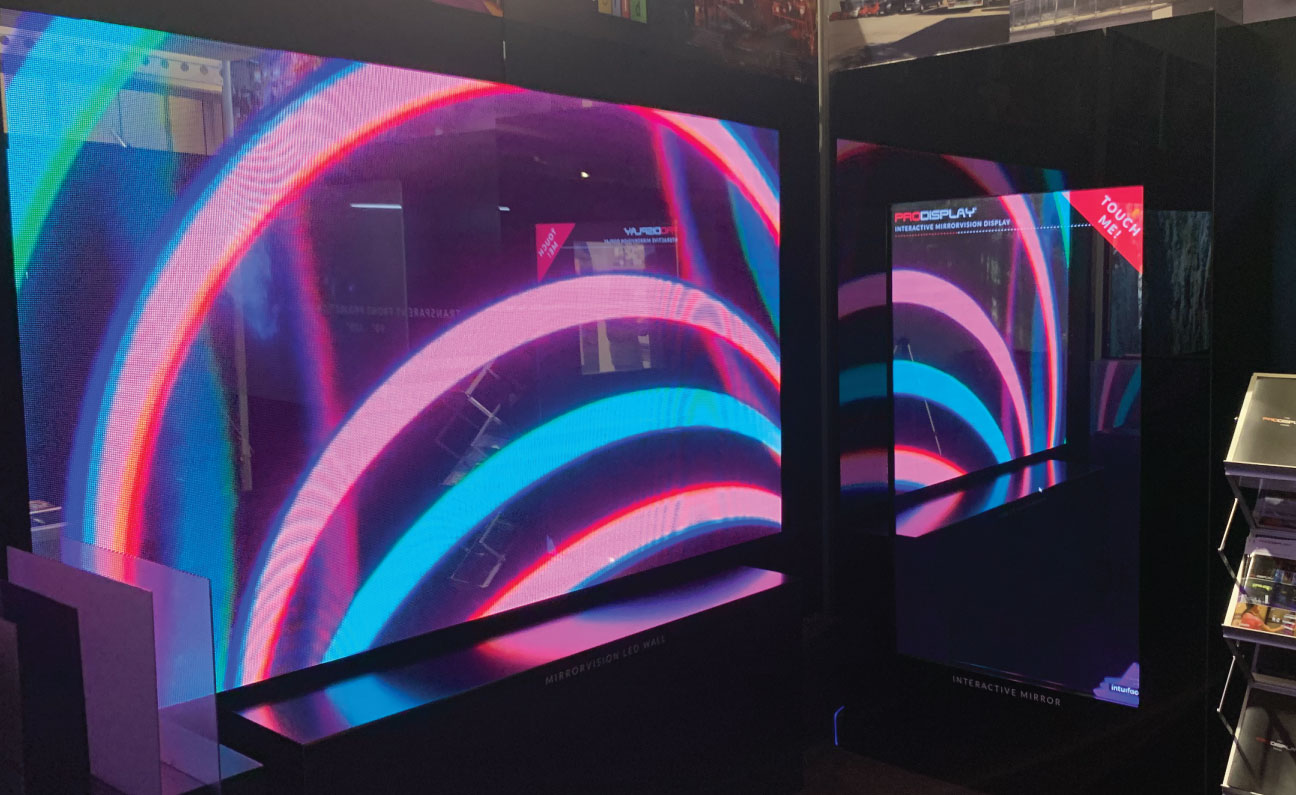Effective Strategies for Addressing Overheating Issues in Light Emitting Diode Wall Screens
Wiki Article
LED panel screens are increasingly popular for multiple uses, including advertising, functions, and electronic screens. However, overheating is a major issue that can affect their functionality and longevity. When LED screens overheat, they may dim, color distort, or even fail entirely. Understanding the causes and applying efficient methods to control heat can help maintain the optimal operation of LED panel screens. This article will explore several approaches to tackle overheating challenges associated with these devices.
One powerful approach for stopping excess heat in LED panel screens is guaranteeing adequate ventilation. It is crucial to place these screens in settings where air flow is adequate. This can be accomplished by positioning the panels in a well-ventilated area or using fans to enhance airflow around the units. Additionally, if the panels are mounted in a tight area, establishing gaps or implementing vents can help dissipate heat more effectively. Maintaining a lower surrounding heat level is vital, as it immediately impacts the performance and lifespan of LED wall screens.
Another way to address excess heat is through the application of thermal management materials. These materials can help absorb, dissipate, or redirect heat away from the LED components. Thermal sinks are frequently employed in many digital units, such as LED panels. These metal components draw heat away from the LED components, permitting them to function at a safer temperature. Additionally, thermal compound or films can be applied to improve heat conduction between the LED chips and the thermal sinks, further boosting their chilling efficiency.

Routine care and monitoring of LED wall panels also play a critical part in stopping excess heat. Dirt and grime can build up on the faces of these screens, blocking ventilation and holding heat. Consistent tidying, using suitable tools, will ensure the screens free from blockages. Furthermore, monitoring the temperature of the panels can help identify overheating issues before they become severe. Using temperature monitors can provide valuable information, enabling users to take remedial steps browse around this web-site if the screens start to go over secure functioning heat levels.
The use of advanced technology can also help address overheating challenges in LED wall panels. Many modern LED panels come fitted with built-in heat management systems. These systems can instinctively modify the luminosity of the screen based on the heat level, lowering heat production when needed. Additionally, software solutions can monitor the performance of the panels and provide alerts if overheating is identified. Using these tools can considerably improve the longevity and reliability of LED wall panels.
In summary, controlling excess heat in LED panel screens is essential for ensuring their performance and lifespan. Implementing methods such as providing adequate ventilation, using thermal management substances, performing routine maintenance, and utilizing advanced tools can help reduce excess heat challenges. By taking these proactive measures, users can benefit from the complete advantages of LED panel screens while reducing the risk of heat-related issues. This method not only improves the functionality of the panels but also contributes to a more eco-friendly and effective application of devices in various applications.